Bathroom aids for elders
Aids or assistive devices help in performing activities of daily living for many elders. These can be categorized into sub groups depending upon their usage, e.g. mobility aids, bathroom aids, toileting aids, household aids, dressing aids, etc. In the first of a series on aids for elders, consultant physiotherapist Dr Nidhi Kumar focuses on bathroom aids.
Disability aids for the bathroom can be important tools for those elders looking forward to retaining independence at home, especially while recovering from a surgery or ailment. These are also useful for elders who have difficulty with walking, sitting or getting up. These aids include toileting aids, bathing aids, grab rails, etc.
Here’s a detailed look at them:
Toileting aids
These are aids used in the toilet. They aid the user in providing support, stability, etc. Here’s a short list:
A) Toilet frames: Robust and versatile frames which can be used as toilet surround, toilet frame or a shower seat. These are designed to give support on all three sides for extra stability, especially for patients who suffer from postural hypotension, balance dysfunction, etc. These are adjustable in height and width.
B) Raised toilet seat- these are used by subjects whose spinal movements are compromised or those with hip or knee arthritic conditions. These are extremely comfortable and ideal for those requiring pressure relief. These are easy to
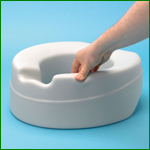 fit as these do not require screw fixing. These are very hygienic & easy to clean due to the tough plastic skin.
fit as these do not require screw fixing. These are very hygienic & easy to clean due to the tough plastic skin.
C) Commodes-the commodes come complete with a toilet seat, pan & a lid. These are available in either adjustable or fixed height.
Bathing aids
These aids are used to ease the task of bathing. Here they are:
A) Bath seats and cushions: A tough, moulded plastic stool type seat is used for maximum security in water. The seat may have holes for drainage and a particular cut away for easier personal cleaning. The seat is contoured for comfort and may be adjustable in height, using extension legs. These seats can be fixed to bath using large suckers/vaccums.
B) Bath Boards: These are strong boards that provide a stable platform across the bath tub. These are usually slated to allow drainage of water adding an anti slippage feature to it. These fit securely over the bath and are usually made of high quality plastic that is easy to clean. These add stability and balance to the user when they are moving in and out of the bath. Usually indicated for patients who can’t bend or sit at a low height. Handle is an optional feature.
C) Bath steps: These are used for safe and easy bath access by reducing the danger of falling in the bathroom. These are usually made up of anti-slip material and indicated for patients with hip and knee pathology who cannot raise the leg too high or who cannot maintain balance on a single leg while moving in and out of the bath.
D) Wall mounted shower seats: These shower seats allow users to be seated comfortably while in the shower. These are indicated for patients who cannot stand for long or often have vertigo attacks. These have foldable frames that enable the seat to be easily stored away when not in use.
E) Bath mats: A safety essential for the bathroom since slippery bath tubs and bath surfaces can be extremely hazardous. These are usually made up of soft rubber that provides anti-slip protection. It is securely held in its place by suction cups on the underside of the mat. These can be used in showers too.
F) Bath safety strips- these can be used for all bath shapes and sizes. They are made from soft textured rubber and are adhesive backed for easy installation. These are non-abrasive and prevent any damage to the skin. They have a textured coating to provide an effective non slip surface yet have a comfortable surface for walking barefoot.
These rails and supports help in a variety of tasks around the bathroom, stairs, bedroom, etc. These rails provide better grip for wet hands or damp conditions. These provide stability and support while standing, sitting or walking. These bars can be fitted horizontally, vertically or at any chosen diagonal angle.
Here are a few links that you can check out to source assistive aids
All images courtesy: Dr Nidhi Kumar
Comments

Ayesha
24 Jun, 2023
Varidesk Mat Most importantly is really the quantity of choices for work area width. Since you're as of now going to have less surface region by righteousness of having less profundity, you need to ensure you can get the amplest work area to accommodate your space. Contingent upon the model this can be restricted to somewhere in the range of 30″ to 71″ wide https://desk-mat.com/varidesk-mat/.

Niranjan Kumar
28 Sep, 2018
I want one raised toilet seat How to select the size of the seat In my house the toilet is hindware italian collection it is U shaped Any of your dealer in Hyderabad Telangana state who will supply me with correct size raised toilet seat

Anonoymous
13 Oct, 2013
[...] All images courtesy: Dr Nidhi Kumar. To read about more assistive aids, click here and here [...]

Prakash
22 Aug, 2013
wanted elderly safety fitting fitted in my house.

Sajeesh Nair
21 Feb, 2012
Fantastic post Nidhi. I will share it with a few of my old friends from old-age home whom we support since a long time.
You may like to read:

Health and wellness
Five Lifestyle Changes To Ease Bladder Control

jessica smith
5 mins read

Health and wellness
Five things to keep in mind when considering organ donation

sunayana singh, ceo of organ india, an initiative of the parashar foundation
3 mins read

Health and wellness
How NURA Uses AI-Enabled Screening to make a difference in Preventive Healthcare

Silver Talkies
4 mins read

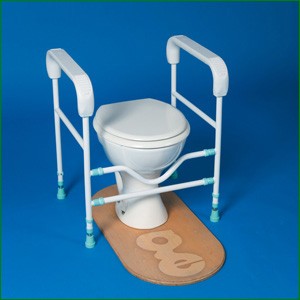
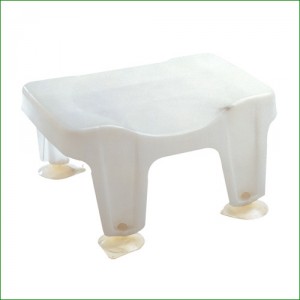
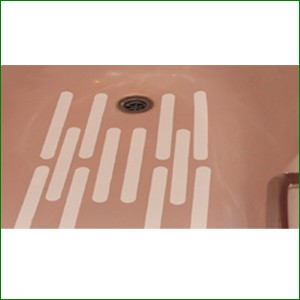
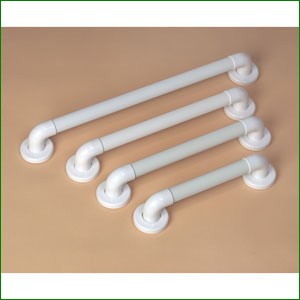
Post a comment